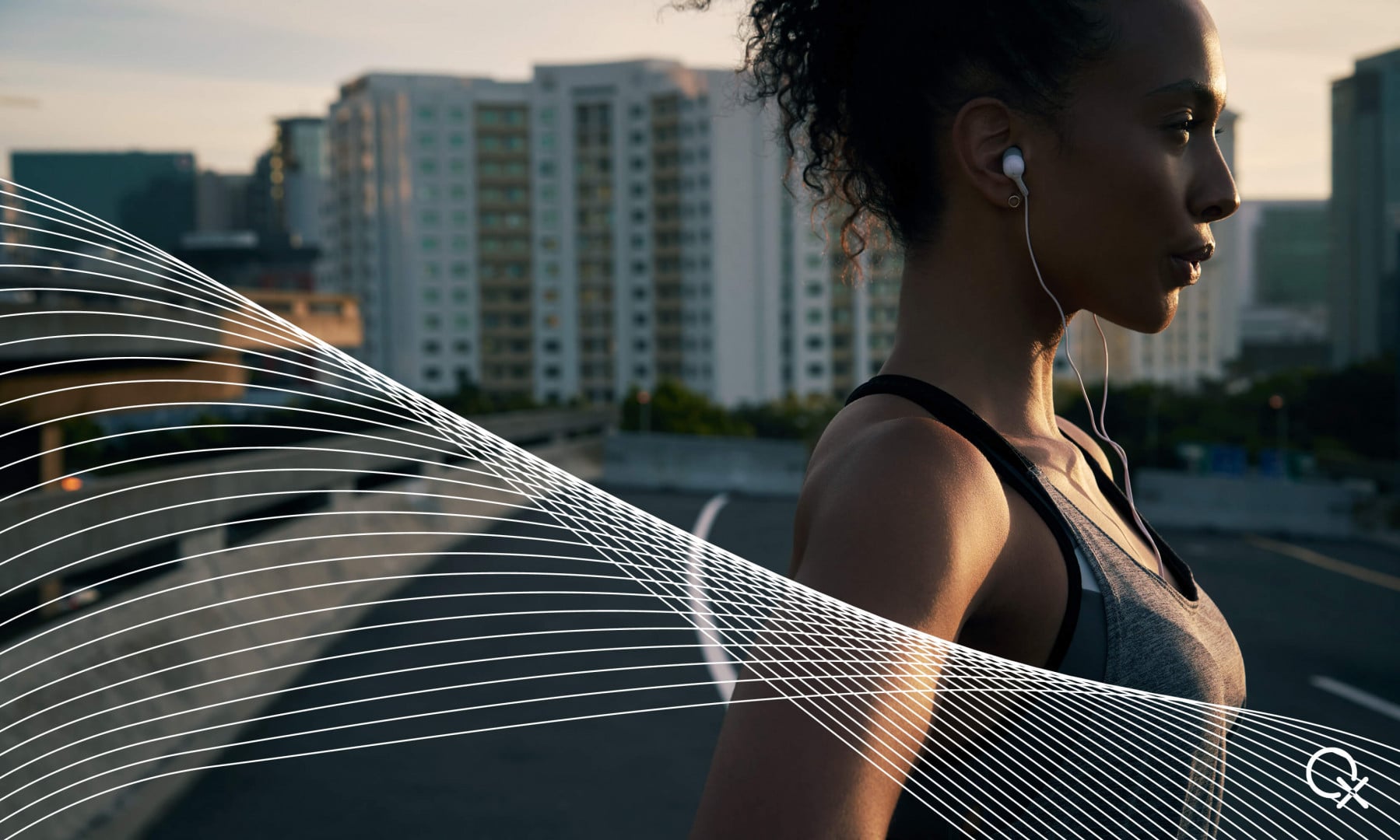
Exercise is good for your health. But when and what kind of effort or exercise is best? If we look strictly at our biorhythms and how the energy distribution of our digestive system and muscles runs in the context of the eating moment, it is safe to say that exercise is best done on an empty stomach and during the first half of the day. Of course, each person is different, and some find that exercising in the evening can be calming but let me explain why morning sober exercise fits our system best. Well maybe these individuals have lost their biorhythms.
Our biorhythms are determined by the natural day and night rhythms, that is, by light and dark. Human beings are supposed to live according to the rhythm of nature. We all know that for many people this rhythm is disturbed to strongly disturbed by our way of living and working. Working in rooms with artificial light, staring at the television and PC screens or smartphones in the evening, late meals, staying active too late at night, are all “unnatural” things that can mess up our biorhythm and thus our entire energy distribution system. This biorhythm is hormonally translated into the cyclical pattern of cortisol (activity hormone) and melatonin (sleep hormone) production. Cortisol rises in the morning to a peak that causes us to wake up normally (i.e., without an alarm clock), called the Cortisol Awakening Response or CAR for short, and then starts to drop back down in the afternoon toward the evening which puts us in rest mode (or should, anyway). Cortisol and melatonin are antagonistic hormones. So, melatonin will rise due to the drop in cortisol to put us in a sleepy state around 9pm. If we really want to live in a good biorhythm in which energy is best distributed to all possible body parts, exercise is therefore most appropriate in the first half of the day. Many prefer to exercise towards the evening, but one should then ask oneself if one is in a good biorhythm?

As also described in our blog on “exercise is healthy” in September 2020, exercising on an empty stomach is the healthiest. Not only is the food going to increase the inflammation in our digestive system (“physiological inflammation” to protect against potential pathogens in the food) and thus turn on the immune system drawing energy to our stomach and intestines to the detriment of the muscles. This can last up to 3-4 hours after the meal depending on what we ate and also how well our digestive system is in shape. So, 2 hours after a meal or in the afternoon may also be less efficient at giving your muscles enough energy for exercise. Also know that exercising or moving is in itself a pro-inflammatory action, so if your digestive system is still in an inflammatory response, exercising shortly or fairly shortly after a meal is an extra burden on our immune system. Therefore, in people who are already quite inflammatory, this is not a good idea!
Perhaps also an important fact: if we move first and then exercise, our white blood cells will produce the protein “lactoferrin” which has anti-inflammatory properties. So, if someone moves first and then eats, Lactoferrin is going to limit the physiological inflammation at the level of the digestive system.
So as a conclusion, we can say that it is best to exercise before meals. If we take into account our cortisol cycle, the best time is in the morning before breakfast or before lunch. Before dinner, of course, you can also exercise if you don’t eat too late (which is around 6-7 pm). However, in the latter case, it is best not to exert yourself too much (walking, leisurely cycling or jogging) in order to maintain our biorhythm!
+1 (989) 681-1063
+1 (856) 322-8589